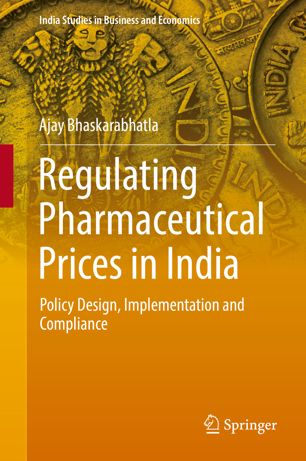

Most ebook files are in PDF format, so you can easily read them using various software such as Foxit Reader or directly on the Google Chrome browser.
Some ebook files are released by publishers in other formats such as .awz, .mobi, .epub, .fb2, etc. You may need to install specific software to read these formats on mobile/PC, such as Calibre.
Please read the tutorial at this link: https://ebookbell.com/faq
We offer FREE conversion to the popular formats you request; however, this may take some time. Therefore, right after payment, please email us, and we will try to provide the service as quickly as possible.
For some exceptional file formats or broken links (if any), please refrain from opening any disputes. Instead, email us first, and we will try to assist within a maximum of 6 hours.
EbookBell Team

4.1
60 reviewsThis book presents an extensive study on the effectiveness of recent regulations on pharmaceutical prices in India, exploring the weaknesses in the design and implementation of pharmaceutical price controls and investigating what can be done to fix the broken system.
In addition, it examines the extent to which essential medicines are actually made affordable by price controls. The book argues that companies make the pharmaceutical price control regime largely ineffective by coordinating to increase pre-regulation prices; by diversifying horizontally away from the regulated markets and increasing prices in the unregulated markets; by manipulating trade margins; and by refusing to comply with the regulation because the penalties remains negligible.
The book draws on extensive empirical research involving India’s 2013 Drug Price Control Order and widely-used medicines such as paracetamol and metformin to illustrate how firms have weakened regulation. It argues that the regulatory regime can be strengthened by using systematic analysis of product- and region-level data in the Indian pharmaceutical industry, and by screening for the strategies that firms currently employ to circumvent regulation. In closing, it discusses recent efforts to strengthen the implementation of price controls in India and expanding the scope of price controls to medical devices.